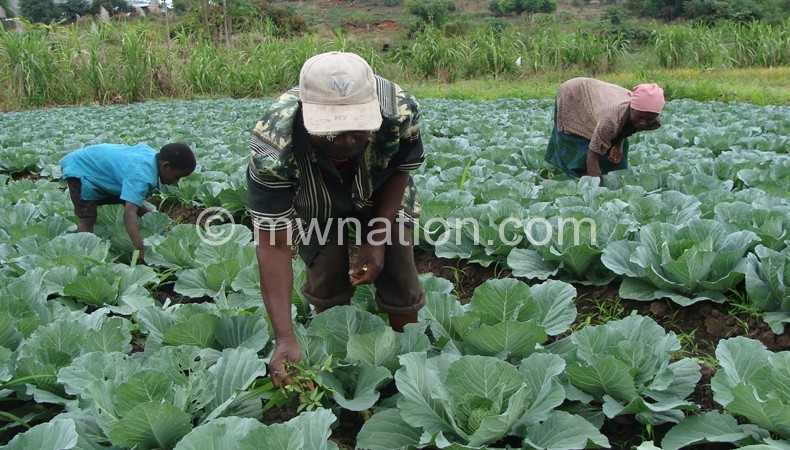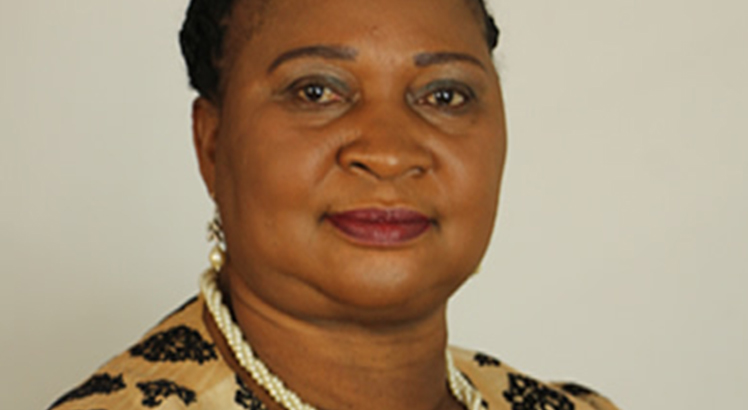‘Africa under-utilizing its agriculture potential’
Africa is said to still be lagging in growing its agriculture despite the continent possessing 60 percent of the world’s uncultivated arable land and having the potential to feed 9 billion people.
Controller of Agriculture Services responsible for institutions Gray Nyandule Phiri made the remarks on Wednesday in Lilongwe during acworkshop for Comesa’s Comprehensive Africa Agriculture Development Programme (CAADP) focal points from the region.
Among others, the three-day workshop, that has attracted delegates from over twenty countries in the region, will discuss results and impact on the CAADP transformation and food security agenda before it winds up on Friday.
Nyandule-Phiri explained member states may not be doing enough to help consolidate what he called the continents green revolution drive.
“Africa in general and Malawi in particular has the potential to strive through agriculture. As often cited, between 2000 and 2010,
six of the ten fastest growing economies on the planet were African.
However, Sub Saharan Africa remains the world’s poorest region, with more than 50 per cent of the population living in poverty.
“Yes we keep giving ourselves targets and it’s high time we started meeting them. This meeting, therefore, is about clarifying our
individual and collective roles and responsibilities on delivering on those targets.” He said.
Nepad Senior Program officer Unami Mpofu concurred with Nyandule-Phiri; adding the Lilongwe meet will also seek to give the
regional institutions in attendance a chance to appreciate what focal points for individual countries are doing in tipping member states commit to what heads of states and government agreed to last year in Equatorial Guinea.
The meeting in Malabo, Equatorial Guinea culminated in the adoption of the Malabo Declaration on Accelerated Agricultural Growth and Transformation for Shared Prosperity and Improved Livelihoods in which the Heads of States and Governments reaffirmed CAADP as the vision-carrier for African agricultural transformation and delineated additional issues related to delivering measurable results and impact; and the need for institutional and policy change to create an enabling environment for country and regional efforts to succeed in achieving Malabo targets.
On the progress made so in the drive since the 2003 Maputo Declaration, Mpofu said partnerships are key to growing the continents drive to realise food and nutrition security.
“CAADP has been pivotal in ensuring policy attention to agriculture-led transformation over the past decade. Additionally,
inclusive, evidence based policy making, technical and financial expertise and increased agricultural investment are all being
institutionalized in our countries, via CAADP.






In addition to using all our land – we need to use it wisely for the highest impact on people, earth and economy. The type of agriculture shown in the picture – mono cropped cabbage – is not the healthiest option. it requires high input of hybrid seed that rely on a company to adapt the seed instead of nature, chemicals for nutrients and disease and pests, high water and high labour. Better to have natural species of all the food groups in our agriculture systems – healthier for people, earth and economy.